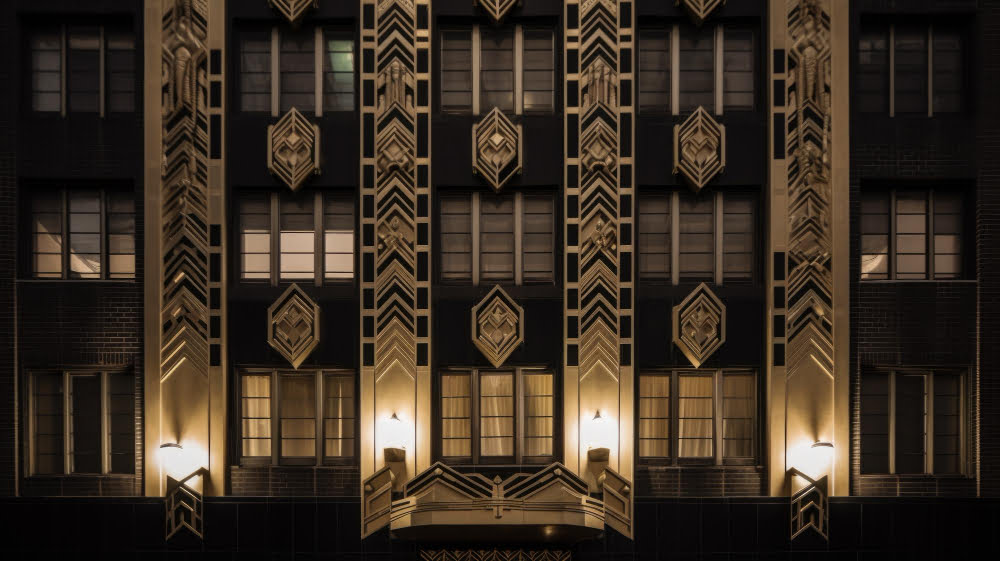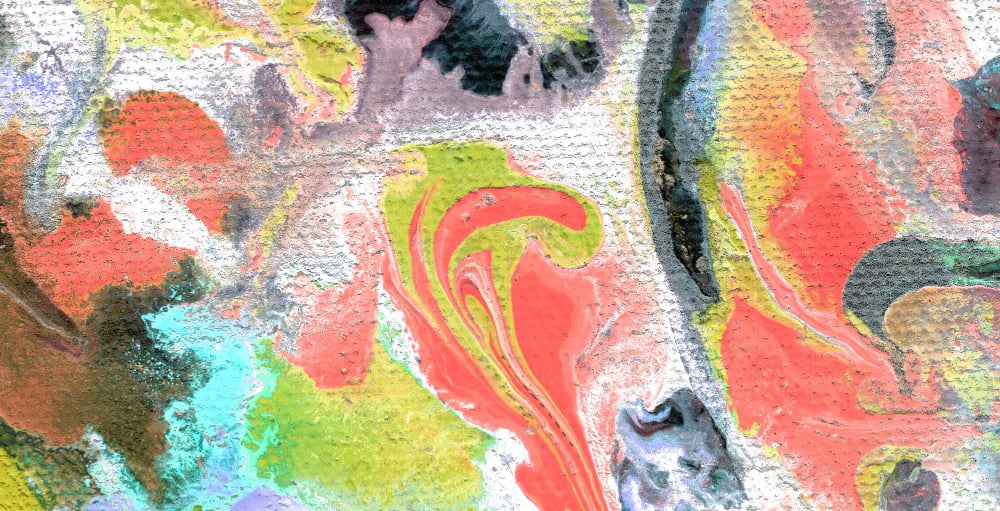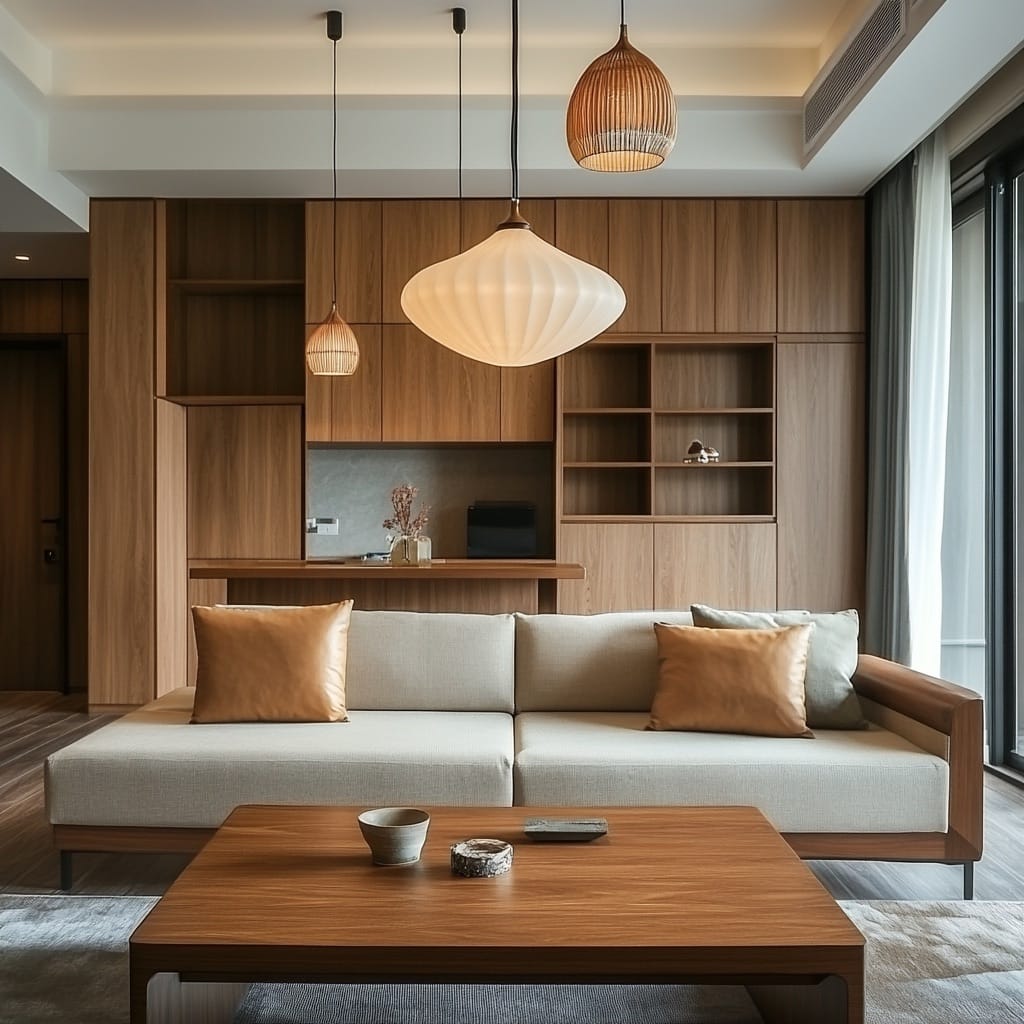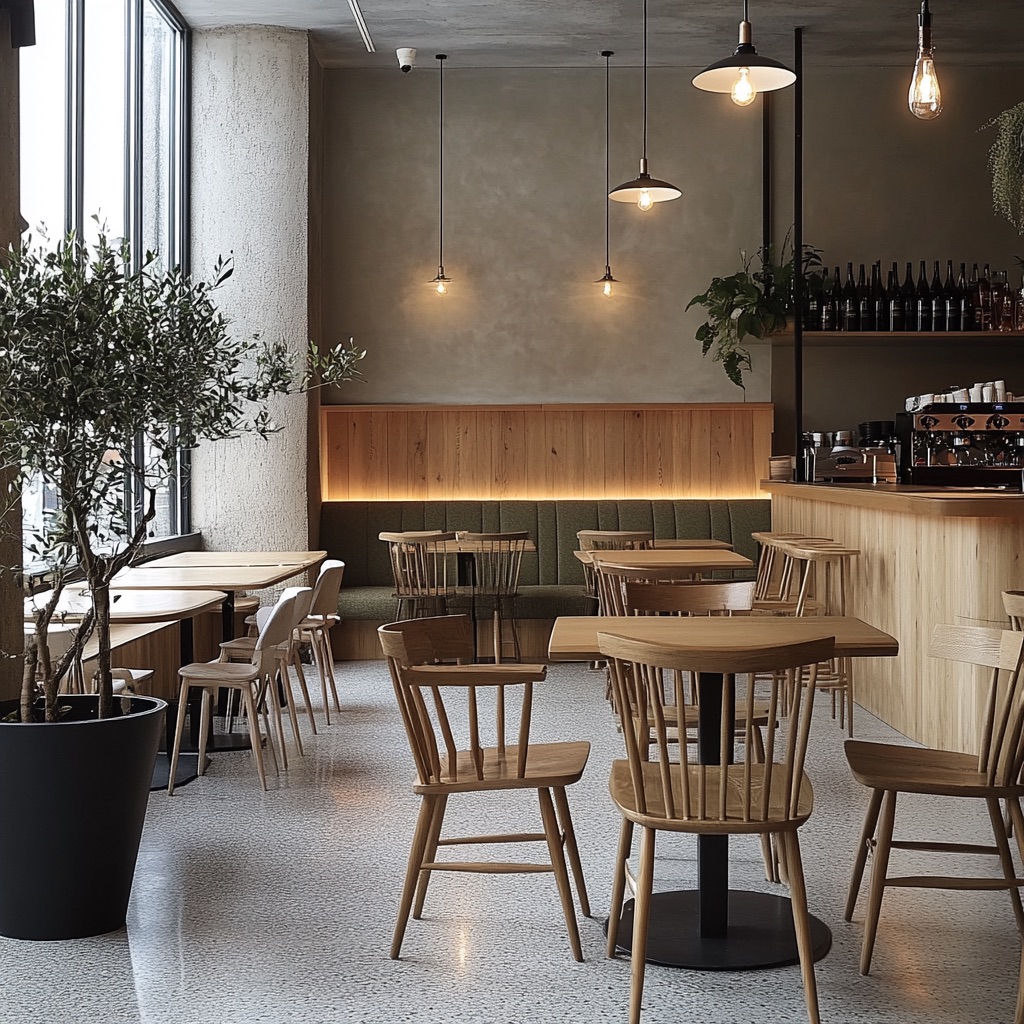Last updated on
Amid the late 19th and early 20th centuries, another captivating art style emerged known as Art Nouveau. This style, which found its zenith between 1890 and 1910, was characterized by its emphasis on the graceful lines of nature, ornate flourishes, and a departure from the rigid structures of the past. Art Nouveau artists, such as Alphonse Mucha and Gustav Klimt, sought to infuse everyday objects and architecture with elegance and sensuality.
Art Nouveau’s fascination with nature was reminiscent of Impressionism art in its appreciation of the organic world. However, while Impressionists captured fleeting moments, Art Nouveau artists aimed to create a sense of permanence through intricate, flowing designs.
The sinuous lines and motifs inspired by plants, animals, and the female form pervaded everything from posters and jewelry to furniture and architecture. This organic aesthetic resonated with a yearning for beauty and escapism in the face of the rapid industrialization of the era.
Moreover, the distinctive typography and ornamental elements of Art Nouveau played a significant role in graphic design, influencing advertising and branding for decades to come. Its harmonious integration of form and function set the stage for modern design principles, bridging the gap between fine and applied arts—a concept that Impressionism art had also started to explore through its portrayal of everyday life.
Art Deco: Geometry, Glamour, and Machine Age Aesthetics

As the world transitioned into the 1920s, another influential art style emerged, known as Art Deco. This movement, which reached its zenith in the 1920s and 1930s, embraced geometric shapes, sleek lines, and a celebration of modernity. Art Deco reflected the optimism of the post-World War I era and the excitement surrounding technological advancements.
Art Deco’s fascination with geometry and symmetry was a stark contrast to Impressionism’s fluid brushwork. The precision and clarity of Art Deco design found expression in architecture, fashion, and the decorative arts. Skyscrapers, like the Chrysler Building in New York City, became iconic examples of Art Deco architecture, with their intricate facades and bold use of materials like steel and glass.
In the realm of fashion, Art Deco influenced sleek, streamlined clothing designs that exuded glamour and sophistication. Artists such as Tamara de Lempicka captured the essence of the Roaring Twenties in their portraits, which showcased the bold and confident spirit of the age.
The Machine Age aesthetics of Art Deco celebrated the industrial progress of the era, embodying the same sense of innovation that had driven Impressionism art to challenge traditional conventions. Although the visual language of Art Deco was markedly different from Impressionism, both movements were united in their aspiration to capture the spirit of their respective times.
Abstract Expressionism: Emotion on Canvas

Abstract Expressionism, which emerged in the mid-20th century, marked a departure from the representational tendencies of Impressionism and other earlier movements. Artists like Jackson Pollock and Willem de Kooning sought to express emotion, spontaneity, and the inner workings of the psyche through their work.
In Abstract Expressionism, the canvas itself became a stage for emotional exploration. Splatters, drips, and gestural brushwork replaced the meticulous rendering of objects, inviting viewers to engage on a more visceral level. While the approach was vastly different from Impressionism’s quest to capture the ephemeral beauty of everyday life, both movements shared a profound commitment to the emotional and expressive power of art.
Abstract Expressionism pushed the boundaries of artistic freedom and self-expression, leading to a profound shift in the art world. In this movement, the influence of Impressionism can be seen in the emphasis on individual perception, emotion, and the transformative power of art.
The Takeaway
The diverse array of art styles discussed in this exploration—from Impressionism and Renaissance to Baroque, Romanticism, Cubism, Abstract Expressionism, Art Nouveau, and Art Deco—reveal the depth and richness of artistic evolution throughout history. Each style, with its unique characteristics and cultural context, has contributed to the ever-evolving narrative of human creativity.
Impressionism art, with its focus on capturing fleeting moments and sensations, serves as a touchstone for understanding how subsequent movements drew inspiration and departed from convention. As we reflect on this remarkable journey through art history, we gain a deeper appreciation for the intricate tapestry of artistic expression that continues to inspire and shape our world today.
From the graceful lines of Art Nouveau to the geometric precision of Art Deco, these art styles continue to influence and resonate with contemporary artists and art enthusiasts, highlighting the enduring impact of the past on the present.
In essence, the history of art is a continuous dialogue between tradition and innovation, with each art style representing a unique chapter in this ongoing narrative. The interplay between preserving the artistic heritage of the past and pushing the boundaries of creative expression is at the heart of artistic evolution.
As viewers and appreciators of art, we find ourselves in a position to witness this captivating dialogue, which has shaped our cultural understanding and visual landscape.
Impressionism, with its soft brushstrokes and focus on the transient, reminds us of the importance of capturing the beauty in fleeting moments. It encourages us to slow down and appreciate the subtle play of light, color, and atmosphere in our surroundings. The movement’s legacy persists in the contemporary art world, where artists continue to explore new ways to convey sensory experiences and evoke emotions.
On the other hand, Art Deco’s bold geometries and celebration of modernity offer a glimpse into the dynamism and optimism of the early 20th century. It serves as a testament to the transformative power of design and aesthetics in shaping not only art but also the physical world around us, from architecture to fashion.
Looking ahead, the world of art remains fertile ground for innovation and experimentation. Artists constantly seek fresh perspectives and novel techniques to convey their ideas and emotions. Emerging movements, much like Impressionism in its time, will challenge conventions and redefine our understanding of what art can be.
As we continue to traverse the ever-evolving landscape of art, we are reminded that each new style builds upon the foundations laid by its predecessors. The interplay between tradition and innovation is not a battle but a harmonious collaboration, allowing us to appreciate the richness of artistic history while eagerly anticipating the creative endeavors of the future.
In this perpetual dialogue, the human spirit’s boundless creativity remains a source of inspiration and enlightenment, connecting us across time and cultures through the universal language of art.
Recap:



